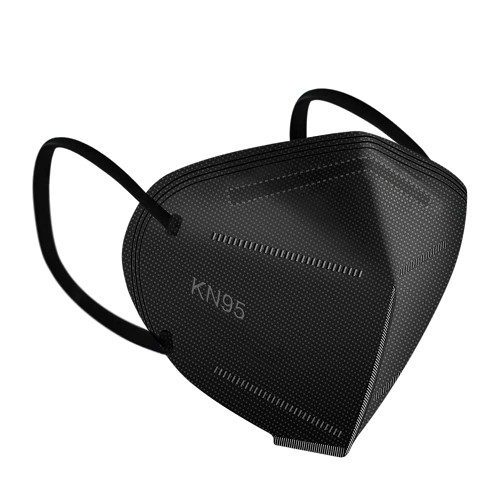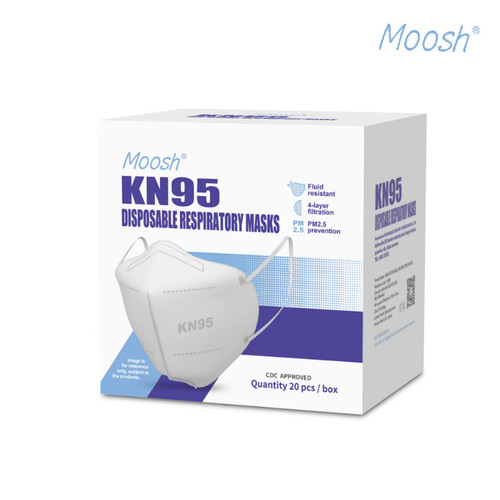Product Description
Call for pricing on large quantities. 866.910.8366
- FDA-approved Nitrile Examination Gloves
- Powder-free
- Comfortable and extremely durable
- Color: Blue
- Boxes of 100
Additional Information
- Wear gloves, according to Standard Precautions, when it can be reasonably anticipated that contact with blood or other potentially infectious materials, mucous membranes, non-intact skin, potentially contaminated skin or contaminated equipment could occur.
- Gloves are not a substitute for hand hygiene.
- If your task requires gloves, perform hand hygiene prior to donning gloves, before touching the patient or the patient environment.
- Perform hand hygiene immediately after removing gloves.
- Change gloves and perform hand hygiene during patient care, if
- gloves become damaged,
- gloves become visibly soiled with blood or body fluids following a task,
- moving from work on a soiled body site to a clean body site on the same patient or if another clinical indication for hand hygiene occurs.
- Never wear the same pair of gloves in the care of more than one patient.
- Carefully remove gloves to prevent hand contamination.
When to wear gloves
- When anticipating contact with blood or another bodily fluid
- As part of transmission-based precautions (contact, airborne or droplet precautions) where local policy requires this
- When anticipating contact with chemical hazards, e.g. disinfectants/preserving agents
- When handling sharps or contaminated devices (Loveday et al, 2014)
- When undertaking an aseptic non-touch technique procedure – sterile/non-sterile gloves chosen in line with procedure and local policy
Any cuts/abrasions on hands should be covered with a waterproof dressing before gloves are donned
When to remove gloves
- As soon as gloves are damaged (or non-integrity suspected)
- When contact with blood, another bodily fluid, non-intact skin and mucous membrane has occurred and ended
- When contact with individual patients and their surroundings, or a contaminated body site on a patient has ended
- When there is an indication for hand hygiene
- When contact with chemicals has ended
- After completing an aseptic non-touch technique
Sources: Royal College of Nursing (2018), Loveday et al (2014)
Applying gloves
Gloves should be donned immediately before the intervention for which they are required.
- Perform hand hygiene.
- Take a glove from the dispenser or package, touching only a restricted surface at the wrist end (Fig 1a).
- Holding the wrist end open with one hand, ease the fingers of the other hand inside.
- Gently pull the wrist end of the glove while easing the hand into the glove, taking care not to overstretch the material (Fig 1b).
- Taking a second glove with the bare hand, turn the external surface of this glove onto the gloved fingers at its opening. Ease the glove onto the hand (Fig 1c). This avoids touching the skin with the gloved hand.
Once gloved, hands should not touch anything that is not defined by indications and conditions for glove use.
Removing gloves
To avoid contaminating the hands or environment, gloves should be removed carefully as soon as the intervention is complete; if a disposable apron is also used gloves should be removed first (Loveday et al, 2014).
- Pinch one glove at the wrist without touching the skin of the forearm and peel away from the hand (Fig 2a), turning the glove inside out. Hold the removed glove in the gloved hand.
- Hook the index and middle finger of the bare hand inside the remaining glove, taking care not to touch the outside of the glove (Fig 2b). Pull off the glove, turning it inside out with the first glove inside (Fig 2c).
- Dispose of the gloves in a clinical waste bin or, if contaminated with blood or bodily fluids, into a hazardous waste bin.
- Perform hand hygiene.
Source: Peter Lamb
https://www.nursingtimes.net/clinical-archive/infection-control/infection-control-3-use-of-disposable-gloves-and-aprons-24-06-2019/









